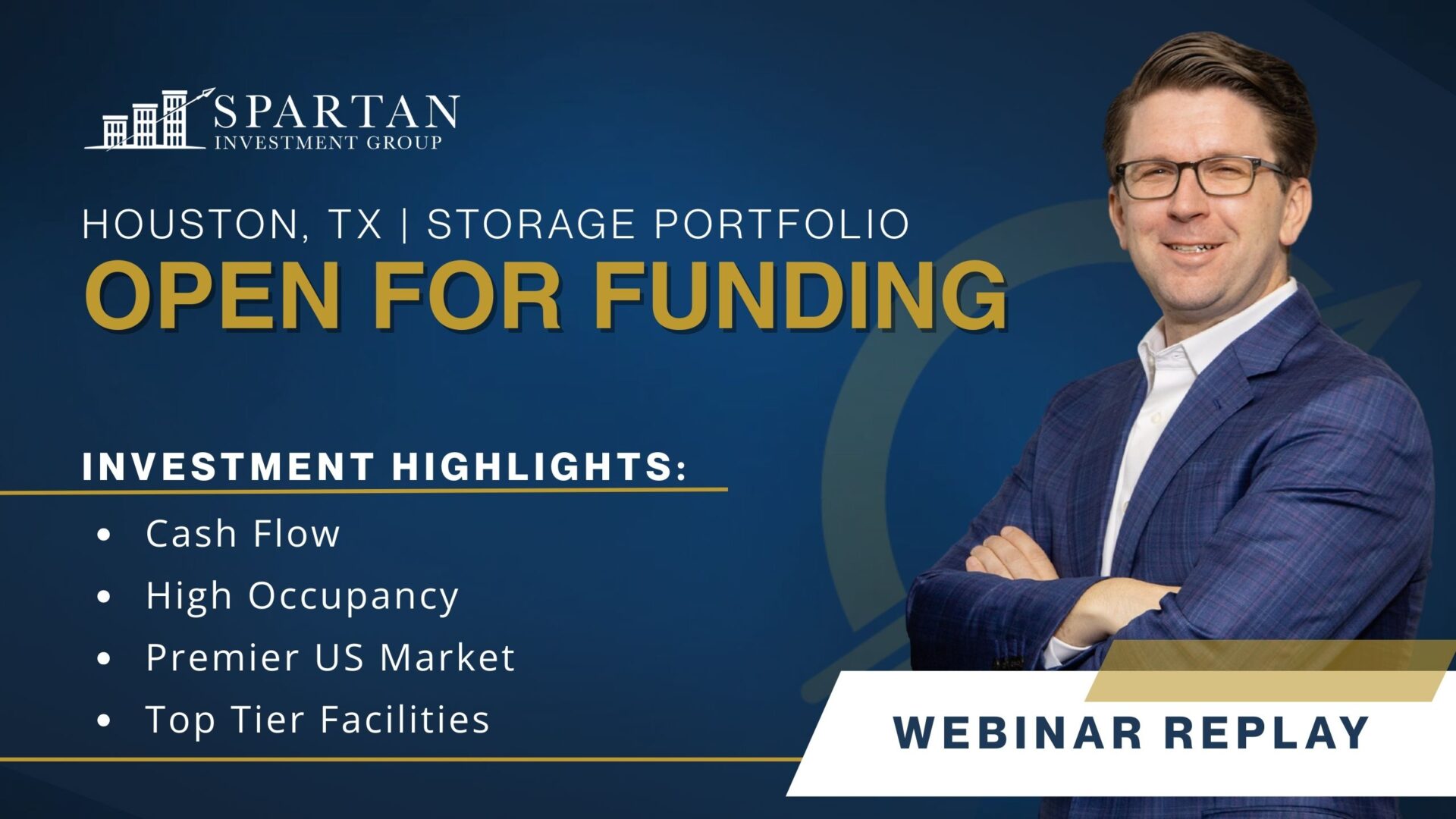Underwriting in a Recession

Today, you can’t turn on the news without hearing speculation about a recession. What would it mean for our economy? Has the definition changed?
As a commercial real estate investor, you’re likely considering how shifts in the market may impact your bottom line. You may also be wondering how a recession should affect your underwriting. The more complicated question is: are we in a recession, and if so, what kind?
The State of the Market
The National Bureau of Economic Research (NBER) defines a recession as two consecutive quarters of negative economic growth. Simply put, if productivity or pricing decreases for a meaningful period, you’re probably in a recession.
For the first quarter of 2022, GDP shrank by 1.6%, followed by a 0.9% dip in the second quarter. However, those recent decreases look like a drop in the bucket compared to pandemic levels. This fact, coupled with record wage growth and a 3.5% unemployment rate, has some economists continuing to project optimism about a market recovery.
Another traditional mark of recession is yield curve inversion. A yield curve inverts when long-term interest rates drop below short-term rates as investors move money away from short-term bonds and into long-term investment platforms.
When this happens, it generally means that the market as a whole is becoming more pessimistic about the economic prospects for the near future. Over the past 30 years, each recession has been preceded by a yield curve inversion. This August, we saw two single-day inversions for the first time.
Adding to the gloomy picture are casualties in the stock market and a 6% decrease in home sales. Yet neither the administration nor any governing financial body has declared a recession, leaving Americans uncertain about where we are headed.
Our answer at SIG? Every recession is different, and there is no one playbook. What matters more than the label is how we respond.
What Market Volatility Means for Underwriting
There are many reasons that today’s economy looks different from the economic depressions of the past. Today, 10% of Americans own a record 89% of all U.S. stocks. With purchasing power high among the wealthiest Americans and low among the rest, the American economy is split unlike ever before.
Geopolitical upheaval is wreaking havoc in the global energy markets. The war in Ukraine has led to a worldwide food crisis. And climate change is causing water channels for shipping lines to dry up and forcing farmers to cut their production.
So, what does an unprecedented economic moment spell for underwriting? For the real estate investor, effectively navigating market volatility can pay dividends — but understanding and responding to the current environment is key. Here’s what the next few years could mean for commercial real estate.
“Stuff” and Space for It Will Be Coveted
As supply chain issues continue, it will be more difficult to get goods into the U.S. In response, those working in supply chain logistics are ordering more of their product in advance, moving away from the “drop ship” model of the last decade.
More product means more demand for storage and opportunities to invest in new industrial real estate. Industrial centers — particularly in port cities — will likely have close to 100% occupancy for years to come.
Unprecedented Demand for Rental Units
As the cost of home ownership rises, the demand for rental units — both for living and storage — will surge. As people search for higher-paying jobs to keep pace with rising costs, we can expect workers to flock back to the cities in search of information and data-based careers, leading to a surge in rental prices.
That means increased demand for rentals, driving up prices and resulting in high occupancy rates.
“Follow the Capital” will Supplant “Follow the Jobs”
As wealth becomes more heavily concentrated in the top 1%, following capital will be a more robust economic indicator than following jobs.
For real estate investors, that means paying attention to states and cities where the wealthy are relocating and tailoring an investment strategy to wealth aggregation.
Expect Strong Growth Rates — And High Expenses
Ultimately, inflation will drop, although most likely not to the Federal Reserve’s 2-3% target. That means underwriting strong growth rates for both profit and loss. Real estate investors are looking at the highest expense rate of the last 20 years — but can anticipate substantial growth rates, too. With an average national occupancy of 93.6% and an average annual ROI of 16.9% from 2009 to 2018, investors can expect growth rates of 6-8% from self-storage spaces over the next two years.
Inflation Will Stay in Mid-Single Digits
While the Federal Reserve has indicated that interest hikes will continue into 2023, rates will ultimately come down — but likely not to pre-COVID levels.
At Spartan, we are underwriting the Secured Overnight Financing Rate (SOFR) yield curve, using the best economic predictions of where SOFR is going. Fixed rates may be higher than in the past, but if we can hit cash flow at the peak rate predicted by the SOFR yield curve and reach our internal rate of return metrics, we’re interested in the deal
Cap Rates Will Slowly Adjust Up
Interest hikes will put pressure on capitalization rates to adjust up — but by less than net operating income (NOI). Commercial real estate, and self storage specifically, continues to be an excellent inflation hedge. However, underwriters should be prepared for the cap rate expansion to eat away at value.
The Bottom Line
Real estate has long been recognized as a recession-resistant investment. As an in-demand asset, it typically keeps pace with rising costs, allowing investors to ride out periods of market volatility. Self-storage, in particular, has performed well in the last four recessions.
At Spartan, we’re using the best economic predictions to understand the risks and opportunities that today’s economy presents. Whether or not a recession is hitting America, the economy is shifting — and so are our underwriting strategies.



